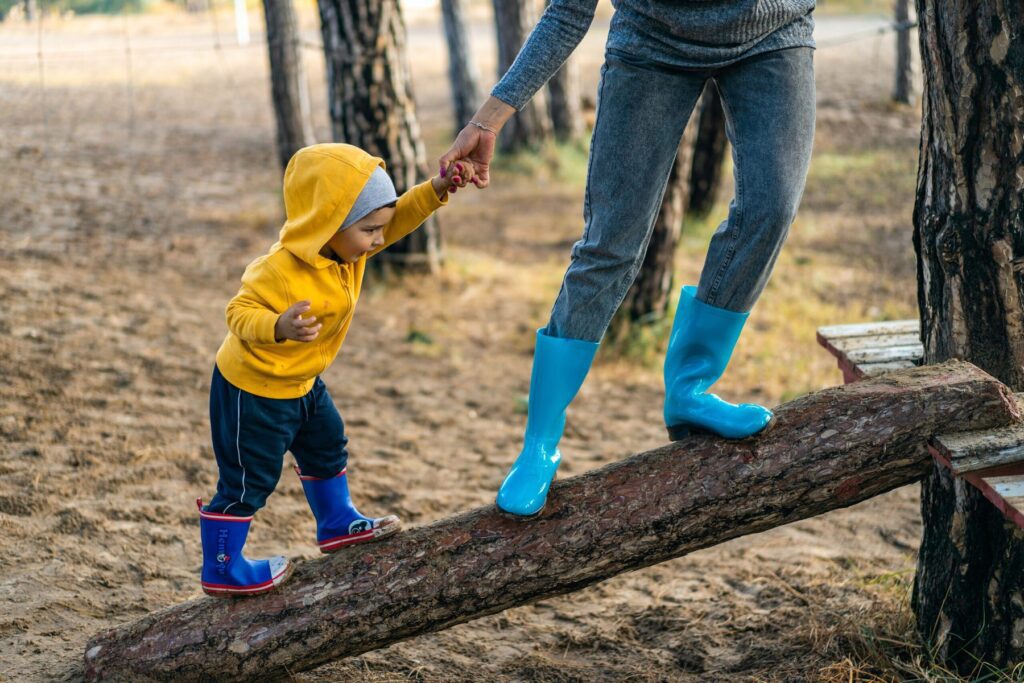What do we mean by autonomy? Autonomy is the capacity to make an informed, uncoerced decision for oneself, or to have choice and control over yourself. Behavioral autonomy is the ability to make decisions and follow through with actions, rather than simply following along with peers or parents.
Often, we think of teenagers when we think of creating autonomy–after all, we don’t want them to be followers, right?–but autonomy starts much earlier. Have you ever heard your three-year-old say, “I’ll do it myself!” Yeah, I thought so. Toddlers and preschoolers are developing both physically and physiologically like weeds, and they crave control over their lives.
Here’s how to create autonomy for toddlers and preschoolers in your everyday life.
What you can do today to create autonomy for toddlers and preschoolers:
Role model tasks:
We do this all the time, right? “Here, watch me,” or, “Look at Mommy do it” are very standard phrases in most households. Essentially, to create autonomy for toddlers, just keep doing what you’re doing! It can help to narrate what you’re doing to draw your child’s attention, but don’t sweat it if you just go about your day modeling what you’d like your toddler or preschooler to be capable of doing solo one day.
Offer choices:
When possible and reasonable, give your toddler or preschooler two choices. You will create autonomy for toddlers by allowing for some control over his environment, which will empower him. You can offer apple slices or banana, or the blue cup or the red cup. Or how about: “Do you want to sit down or lie down for your vaccination shot?”

Let toddlers participate:
Yes, we know…it’s easier and faster to do a task yourself. But allowing your toddler to participate in a task is a big step toward eventual independence. Kids this age will learn through trial and error. Correct gently as you go, and try to be patient!
Listen to your child’s ideas:
Maybe you ask her, “What do YOU want to draw on the paper?” or maybe, she tells you a story or joke unprompted. Listen. Encourage. Nod along and say, “And then what happened?”. Whatever you need to do to be an active listener, do it, and she will learn that you value her and her opinions.
Acknowledge their emotions:
Everyone wants to feel that their feelings matter. And while toddlers’ emotions are typically all over the map, it’s important to acknowledge them and name their feelings. This helps give your toddler ownership over his feelings, which may often feel out of control. You can also give them solutions after helping them identify their feelings. For example: “You sound frustrated with that button. Would you like some help?”
Give them a job to do:
Preschoolers love to feel useful. Put them to work! At the grocery store, ask your daughter to help you place the food on the conveyer belt, or in the yard, ask her to hold the leaf bag. Make sure the jobs you ask of your toddler or preschooler are age-appropriate!

